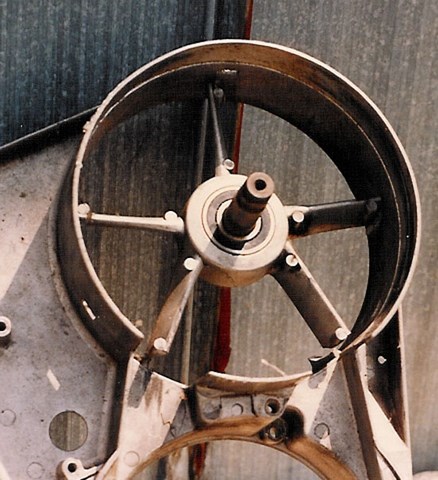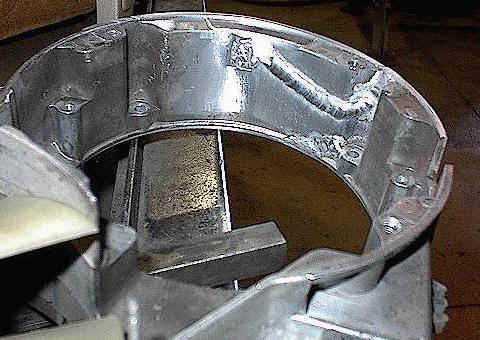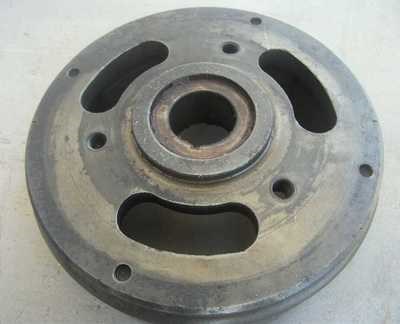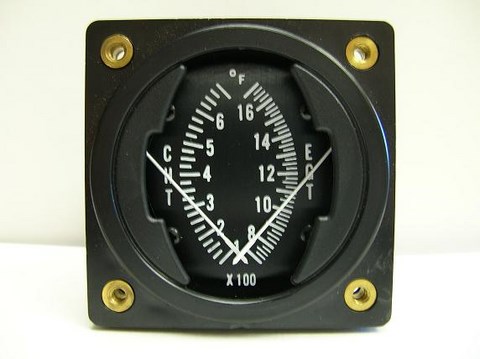Rotax 377, 447, 503 troubleshooting
Another reported problem in the crankshaft area of the Rotax engines was in early 447 models (prior to serial number 3624176), these engines have a different balance factor than models after this number. If your 447 engine serial number is below the above then the installation of an electric start is not recommended.
(I also know of 5 crankshaft failures on 503 engines and 4, on 532 engines, all involved failure of the crankshaft in the center boss area, all the 503 failures were on MX aircraft, with 3 of the 532s being on Tierra's with belt drives, and electric starts and one on a Gyrocopter with no electric start, but with a gear drive.)
Owners of ultralights using the 503 Rotax engine have reported loss of power and or engine seizure. Upon closer inspection it was found that the shroud webbing used to support the fan had broken locking up the fan and stopping the engine. It is recommended that if you have a 503 engine you check the webbing for abnormal wear or cracks. The only solution is to replace the fan shroud housing with a new one.
Another area of reported breakage involved the fan tower in the area of the four retaining bolts that bolt the housing onto to the crankcase halves. The casings have been reported to fractured immediately around the four bolts, and is another area of recommended periodic inspection. To inspect remove the recoil, and then the four allen head screws which retain the tower to the crankcase halves.
Numerous ultralight pilots flying ultralight aircraft powered by the 503 Rotax engine have reported over heating and/or engine failures caused by overheating. Upon closer examination it was found that a pulley sheave located directly behind the fan had broken causing improper belt tension and or belt failure. In some cases the belt had been severed by the sheaves sharp edges. In other cases the failure was caused the the incorrect placement of the belt adjustment shims.
The proper location for excess shims is directly in front of the fan, under the locking washer. Be careful the lock washer is positioned so as not to cut into the shims. It has been reported that the 503 is able to run without this sheave, as long as the fan (the area on the back of the fan that the fan belt rides on) hasn't been damaged.
"operating temperature for most Rotax engines is 300 to 400 degrees F on CHT and around 1,000 to 1,100 degrees EGT"
It is strongly recommended that ultralight pilots run CHT or EGT gauges. The proper operating temperature for most Rotax engines is 300 to 400 degrees F on CHT and around 1,000 to 1,100 degrees EGT. (425degrees and 1,250 degrees respectively are very close to seizure).
Another problem reported in early model Rotax engines was in the magneto becoming loose on the crankshaft. This apparently was caused by the factory installing Loctite on the crankshaft where the magneto fits on, or if the key was not bottomed in the key way. This loctite has a tendency to turn to powder when subjected to engine vibration, causing a loose magneto which then, has the potential to destroy the keyway, magneto and crankshaft end.
It is recommended that Loctite not be applied between the magneto and crankshaft on any of the Rotax engines.




